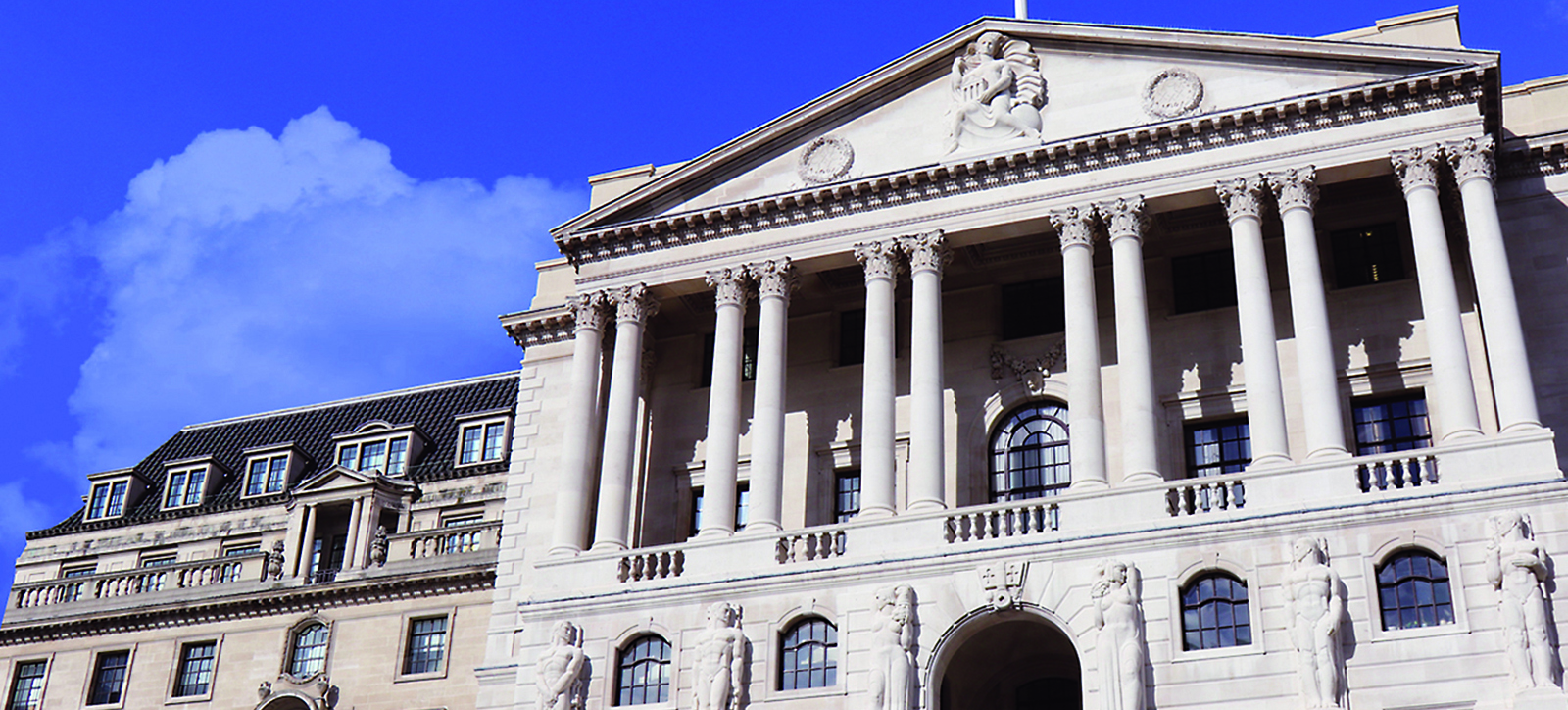
By Constantinos Antoniou
Why does a gambler who is down on his luck continue to bet, even when the odds are against him? And what does this question have to do with central banking?
Our desperate speculator isn’t alone; humans, even when faced with hard data, aren’t always logical when it comes to money. This becomes a problem for financial systems that are underpinned by economic theories that assume people act rationally.
Behavioural finance seeks to unpick this problem by studying the psychology of those who shape or interact with financial markets. It identifies the biases that can impact decision-making and examines the consequences if they are ignored.
The key roles of a central bank are typically to control monetary policy, ensure financial stability, and impose prudential regulation. Applying the principles of behavioural finance to these three areas has the potential to improve a country’s financial system.
1 Monetary policy
A central bank uses interest rates as a lever to influence the economy. Before making an adjustment, it will apply various models to assess the potential impact of the monetary transmission mechanism. For example, it will examine how a rate change might affect credit supplies and consumer spending.
A rational model might run as follows: increasing interest rates will boost borrowing costs. In turn, this will limit growth in consumer spending, decrease aggregate demand, and curb inflation.
A behavioural finance model would take all this into account, plus psychological influences, such as the following:
- Present bias – people place greater weight on immediate gratification but discount future rewards. A consumer, for example, might buy a new car they really want, even though they know an interest rate hike will increase their loan repayments.
- Status quo bias – we prefer the current situation and are resistant to change. The consumer has always borrowed money, so why should anything be different now?
- Lack of financial education – what if an average consumer doesn’t fully understand the impact of an interest rate rise on the loan for their new car? If people lack the education to understand how changes to key economic indicators, like interest rates or inflation, impact their finances, they may resort to overly simplistic responses, which reduce the effectiveness of monetary policy
If central bankers acknowledge these 'behavioural frictions', which are of course absent in the rational model, they will be able to make better monetary policy decisions.
2 Financial stability
Central banks have several tools to ensure financial stability; the question is when best to use them.
The very existence of stockmarket bubbles and crashes show that human behaviour doesn’t adhere to rational market models. In a rational economy, market participants wouldn’t overvalue assets, such as a Dutch tulip bulb, a dotcom, or the latest cryptocurrency. Though booms and busts are infrequent, when they do occur, they have a significant impact on the economy.
Behavioural finance can help identify a bubble by examining ‘sentiment’ – an investor’s optimism or pessimism about a market. There are many techniques to do this, more recently including the analysis of social media.
3 Prudential regulation
It is the role of central banks to monitor the health of financial institutions. For example, by ensuring that banks do not take on too much risk.
Behavioural finance can help to understand this by examining biases such as loss aversion. This is the idea that people are willing to take more risk if they have experienced loss. The gambler in our opening paragraph is an example of this, as is Nick Leeson, the trader who caused the 1995 collapse of Barings Bank.
Another behavioural bias is overconfidence, people’s propensity to think they are much more able than they are. This was famously demonstrated in a study in which the majority of subjects regarded themselves as more skillful and less risky than the average driver. The same effect can occur among traders, particularly if they’ve had good outcomes before.
As well as applying behavioural finance to other institutions, central banks can also apply it in-house. For example, by being aware of biases that can occur in committees, such as group-think, and the halo effect (in which it might subconsciously favour, for example, an institution that has had a good reputation in the past).
The central tenet of behavioural finance is that people do not act rationally. Therefore, when it comes to shaping economies, central banks should rely on more than rational models alone.
Further reading:
Antoniou, C., Harrison, G. W., Lau, M. and Read, D. (2017) "Information characteristics and errors in expectations : experimental evidence", Journal of Financial and Quantitative Analysis, 52, 2, 737-750.
Antoniou, C., Doukas, J. A. and Subrahmanyam, A. (2015) "Investor sentiment, beta and the cost of equity capital", Management Science, 62, 2, 347-367.
Find out more about behavioural finance on the MSc Global Central Banking and Financial Regulation or download a brochure.
Constantinos Antoniou is Associate Professor of Finance and Behavioural Science and teaches Behavioural Finance on the MSc Global Central Banking and Financial Regulation and MSc Finance.
For more articles on Finance and Markets sign up to Core Insights here.




 X
X Facebook
Facebook LinkedIn
LinkedIn YouTube
YouTube Instagram
Instagram Tiktok
Tiktok